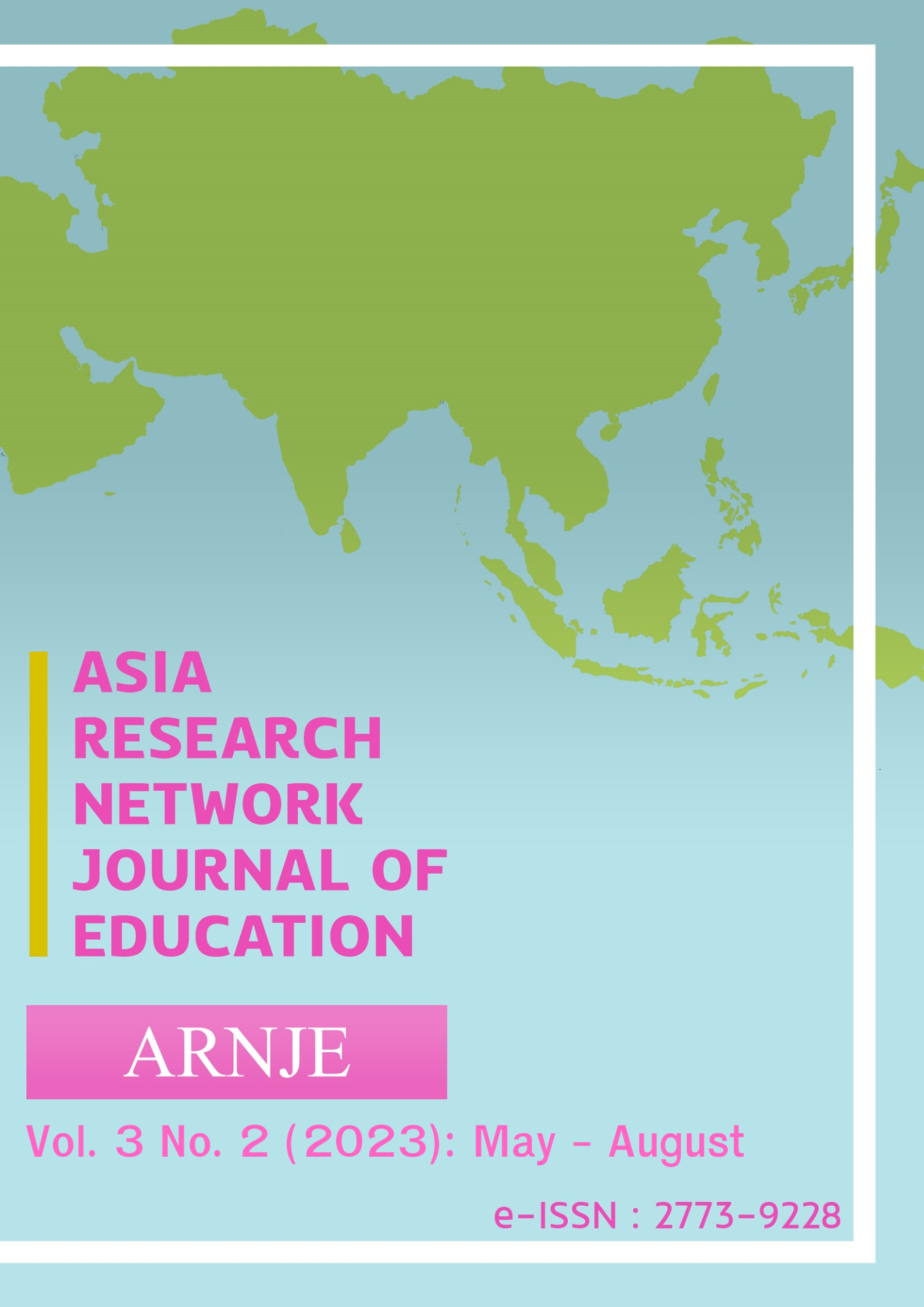The Correlation Between Students’ Online Self-Regulated Learning Skills and Performance in Mathematics
Main Article Content
Abstract
This study aimed to analyze and correlate the students' academic performances concerning their self-regulated learning in a high school in Lanao del Norte. A survey through an online questionnaire was used during the study for 113 students, of whom 71 were female, and 42 were male. The types of questions follow the Self–Regulated Learning Questionnaire of Kocdar et al. (2018). To determine the degree of self-regulation, the performance level of students, and the relationship among variables, statistical tools based on percentage, mean, standard deviation, and correlation coefficient were used. Results have shown that the students responded to a great extent to the different components of the self–regulated learning questionnaire. It has also shown that students have achieved a very satisfactory rating in their performance. Findings reveal that there is a significant relationship between students' self–regulated learning skills and their performance in mathematics. Furthermore, gender, devices used in online learning, and internet connectivity significantly relate to their performance.
Article Details

This work is licensed under a Creative Commons Attribution-NonCommercial-NoDerivatives 4.0 International License.
Copyright: CC BY-NC-ND 4.0
References
AL-Mutairi, A. (2011). Factors Affecting Business Students' Performance in Arab Open University: The Case of Kuwait. International Journal of Business and Management, 6(5), 146-55. https://www.researchgate.net/publication/271317426_Factors_Affecting_Business_Students'_Performance_in_Arab_Open_University_The_Case_of_Kuwait
Asio, J. M. R., Gadia, E., Abarintos, E., Paguio, D., & Balce, M. (2021). Internet Connection and Learning Device Availability of College Students: Basis for Institutionalizing Flexible Learning in the New Normal. Studies in Humanities and Education, 2(1), 56–69. https://doi.org/10.48185/she.v2i1.224
Barnard-Brak, L., Paton, V. O., & Lan, W. Y. (2010). Profiles in self-regulated learning in the online learning environment. The International Review of Research in Open and Distributed Learning, 11(1), 61-80. https://doi.org/10.19173/irrodl.v11i1.769
Barnard, L., Lan, W., To, Y., Paton, V., Lai, S. (2009). Measuring self-regulation in online and blended learning environments. The Internet and Higher Education, Volume 12, Issue 1, Pages 1-6, ISSN 1096-7516, https://doi.org/10.1016/j.iheduc.2008.10.005. (https://www.sciencedirect.com/science/article/pii/S1096751608000675)
Ivwighreghweta, O., & Igere, M.A. (2014). Impact of the Internet on Students' academic performance in tertiary institutions in Nigeria. Information Impact: Journal of Information and Knowledge Management, 5, 47-56.
Kamba, M.A. (2009). Access to information: The dilemma for rural community development in Africa. https://www.semanticscholar.org/paper/Access-to-information%3A-The-dilemma-for-rural-in-Kamba/dd5becaa9776b546706bbb6539da4bbbc3578ba1
Kavitha, R. K & Jaisingh, W. (2018). A Study on the Student Experiences in Blended Learning Environments. International Journal of Recent Technology and Engineering (IJRTE) ISSN: 2277-3878, Volume-7 Issue-4S, November 2018 183 Published By: Blue Eyes Intelligence Engineering & Sciences Publication Retrieval Number: E1864017519
Kazu, I.Y. and Demirkol, M. (2014). Effect of Blended Learning Environment Model on High School Students’ Academic Achievement. Turkish Online Journal of Educational Technology, 13, 78-88.
Kintu, M.J., Zhu, C. & Kagambe, E. (2017). Blended learning effectiveness: the relationship between student characteristics, design features, and outcomes. Int J Educ Technol High Educ 14, 7 https://doi.org/10.1186/s41239-017-0043-4
Kocdar, Karadeniz, Bozkurt, Buyuk (2018). Measuring Self-Regulation in Self-Paced Open and Distance Learning Environments. International Review of Research in Open and Distributed Learning Volume 19, Number 1
Lim, D. H., & Morris, M. L. (2009). Learner and Instructional Factors Influencing Learning Outcomes within a Blended Learning Environment. Educational Technology & Society, 12 (4), 282–293. (1) (PDF) Learner and Instructional Factors Influencing Learning Outcomes within a Blended Learning Environment. Available from: https://www.researchgate.net/publication/279556336_Learner_and_Instructional_Factors_Influencing_Learning_Outcomes_within_a_Blended_Learning_Environment [accessed Oct 15, 2021].
Sahranavard, S., Miri, M. R., & Salehiniya, H. (2018). The relationship between self-regulation and educational performance in students. Journal of Education and health promotion, 7, 154. https://doi.org/10.4103/jehp.jehp_93_18
Woolfolk, A., Winne, P. H., & Perry, N. E. (2006). Educational psychology. Upper Saddle River, NJ: Pearson Education Inc.


